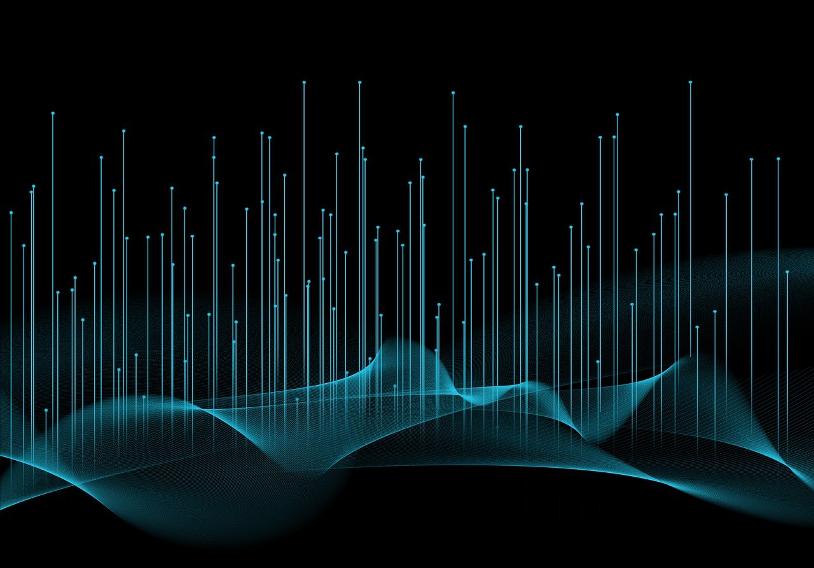Microsoft and Quantinuum have made a breakthrough in quantum computing research by reducing error rates using qubit virtualization, combining Quantinuum’s high-precision hardware with Microsoft’s syndrome extraction methodology. This advancement paves the way for the development of larger and more reliable quantum computers capable of solving problems beyond the capabilities of classical machines. The ultimate goal of quantum computing is to address challenges that even classical supercomputers cannot handle, but the current error rates of quantum hardware must improve significantly for this to become a reality, making error correction a crucial area for research.
By working together, scientists from Microsoft and Quantinuum were able to create four stable logical qubits from 30 physical qubits, achieving a record-breaking error rate that was 800 times better than the underlying physical error rates. This success indicates that the development of fault-tolerant quantum computers may be closer than previously thought, with the potential to solve scientific problems that are currently unsolvable by classical computers. However, further work is needed to address limiting factors discovered during this research to improve future results.
The collaboration between Microsoft and Quantinuum is focused on achieving quantum computing at scale, with the goal of creating a hybrid classical-quantum supercomputer that can solve world-class problems. Microsoft plans to integrate quantum computing into its Azure Quantum Elements product, which already incorporates HPC and AI, and likely run on a Quantinuum machine. Both companies share a common interest in chemistry and materials science, with Quantinuum offering a cutting-edge quantum chemistry platform and Microsoft’s Azure Quantum Elements complementing these capabilities.
The research conducted by Microsoft and Quantinuum has provided insights into quantum error correction using two methods – real-time error correction with the Steane code and post-processing error correction with the Carbon code. While both codes significantly reduced logical error rates compared to physical error rates, the Carbon code showed a larger gain, indicating its higher error-correcting power and efficiency. The success of this experiment relied on the high-performance Quantinuum H-2 quantum computer, which uses a state-of-the-art trapped-ion processor with a two-qubit gate fidelity of 99.8%.
Both companies plan to continue their research efforts independently, with Quantinuum aiming to create a quantum machine with 1,000 logical qubits in the future and Microsoft integrating highly reliable logical qubits into Azure Quantum Elements. The success of this collaboration highlights the potential for logical qubits to play a significant role in solving complex scientific problems in the future, ranging from chemistry and materials science to drug discovery, clean energy research, financial modeling, logistics optimization, and climate prediction. This research represents a major step forward in quantum error correction and has implications for the entire quantum ecosystem.













